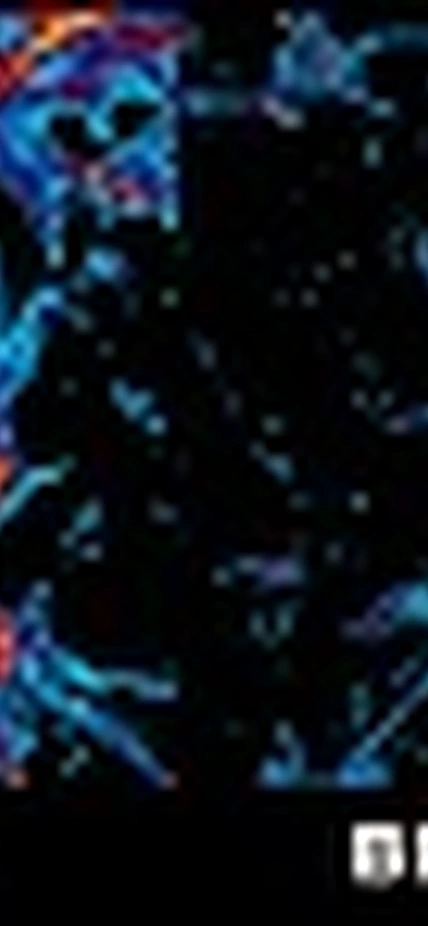Audio
Pasadena, CA—Something is amiss in the Universe. There appears to be an enormous deficit of ultraviolet light in the cosmic budget.
The vast reaches of empty space between galaxies are bridged by tendrils of hydrogen and helium, which can be used as a precise “light meter.” In a recent study published in The Astrophysical Journal Letters, a team of scientists finds that the light from known populations of galaxies and quasars is not nearly enough to explain observations of intergalactic hydrogen. The difference is a stunning 400 percent.
"It's as if you're in a big, brightly-lit room, but you look around and see only a few 40-watt lightbulbs," noted Carnegie’s Juna Kollmeier, lead author of the study. "Where is all that light coming from? It’s missing from our census."
Strangely, this mismatch only appears in the nearby, relatively well-studied cosmos. When telescopes focus on galaxies billions of light years away (and therefore are viewing the universe billions of years in its past), everything seems to add up. The fact that this accounting works in the early universe but falls apart locally has scientists puzzled.
The light in question consists of highly energetic ultraviolet photons that are able to convert electrically neutral hydrogen atoms into electrically charged ions. The two known sources for such ionizing photons are quasars—powered by hot gas falling onto supermassive black holes over a million times the mass of the sun—and the hottest young stars.
Observations indicate that the ionizing photons from young stars are almost always absorbed by gas in their host galaxy, so they never escape to affect intergalactic hydrogen. But the number of known quasars is far lower than needed to produce the required light.
“Either our accounting of the light from galaxies and quasars is very far off, or there’s some other major source of ionizing photons that we’ve never recognized,” Kollmeier said. “We are calling this missing light the photon underproduction crisis. But it’s the astronomers who are in crisis—somehow or other, the universe is getting along just fine.”
The mismatch emerged from comparing supercomputer simulations of intergalactic gas to the most recent analysis of observations from Hubble Space Telescope’s Cosmic Origins Spectrograph. “The simulations fit the data beautifully in the early universe, and they fit the local data beautifully if we’re allowed to assume that this extra light is really there,” explained Ben Oppenheimer a co-author from the University of Colorado. “It's possible the simulations do not reflect reality, which by itself would be a surprise, because intergalactic hydrogen is the component of the Universe that we think we understand the best.”
“The most exciting possibility is that the missing photons are coming from some exotic new source, not galaxies or quasars at all,” said Neal Katz a co-author from the University of Massachusetts at Amherst.
For example, the mysterious dark matter, which holds galaxies together but has never been seen directly, could itself decay and ultimately be responsible for this extra light.
"You know it's a crisis when you start seriously talking about decaying dark matter!" Katz remarked.
“The great thing about a 400% discrepancy is that you know something is really wrong,” commented co-author David Weinberg of The Ohio State University. “We still don't know for sure what it is, but at least one thing we thought we knew about the present day universe isn't true.”
Whether the explanation is exotic or not, astronomers will be working hard to shed light on the mystery.
Other co-authors on the study are Francesco Haardt of the Università dell’Insubria, Romeel Davé of the University of the Western Cape, Mark Fardal of University of Massachusetts Amherst, Piero Madau of University of California Santa Cruz, Charles Danforth of the University of Colorado, Amanda Ford of University of Arizona, Molly Peeples of the Space Telescope Science Institute, and Joseph McEwen of The Ohio State University.
Caption: Computer simulations of intergalactic hydrogen in a "dimly lit" universe (left) and a "brightly lit" universe (right) that has five times more of the energetic photons that destroy neutral hydrogen atoms. Hubble Space Telescope observations of hydrogen absorption match the picture on the right, but using only the known astronomical sources of ultraviolet light produces the much thicker structures on the left, and a severe mismatch with the observations. Image is credited to Ben Oppenheimer and Juna Kollmeier. A larger version is available here.
